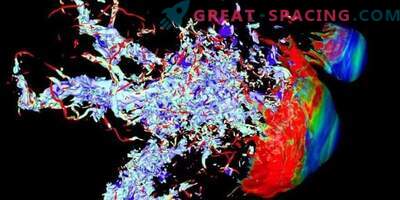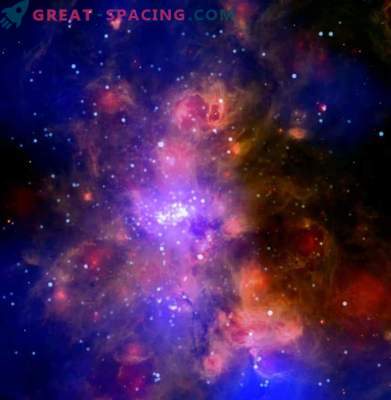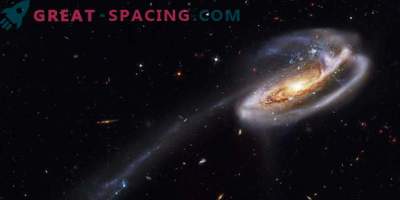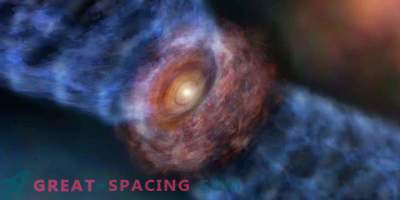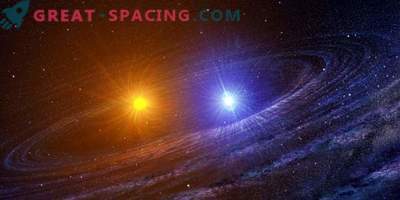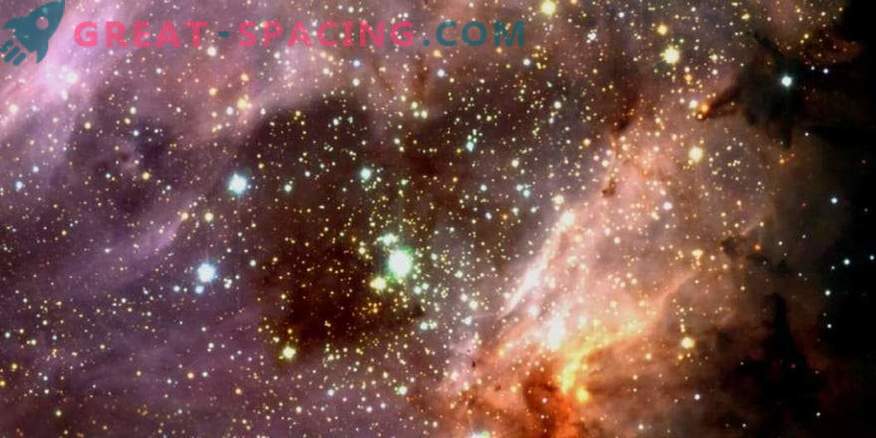
Researchers can roughly calculate how long it will take to form a new star. This is the time period that is needed for the destruction of the material in the gas cloud. It is determined by the mass and size of the cloud, as well as by gravity. Although all this is still a theory, but it corresponds to many observations. However, it is not suitable for large systems with star clusters and large mass stars. Instead of a rapid collapse, the process may be blocked due to pressure, turbulence, and other activities.
Astronomer Kara Battersby and colleagues studied the formation, early evolution and life expectancy of high-mass areas in the early evolutionary phases in dense molecular sites. In such clusters, the gas density can reach 10 million molecules per cm 3 (tens of thousands of times more than in gas clouds). Gas-related dust blocks external starlight, causing the material to cool and rise only a few tens of degrees above the absolute zero mark. Clusters are identified using submillimeter telescopes. The image is then processed through automated algorithms to determine the characteristic. But the disadvantage is that even very quiet clusters can accommodate small active areas that are not seen by similar telescopes covering the region on a large scale.
Instead, the scientists decided to examine each pixel of the images and compare with the data in the infrared. They display hotter material and also mark small areas. The infrared signal indicates the activity of star formation, and also characterizes the temperature of the dust.
For the time frame were taken sources that are called methanol masers - about 35,000 years. Next comes the count. Scientists have found that clusters without embedded stars last 0.2–1.7 million years, and with stars half the time. The results also suggest that most of the high-density gases are in clusters devoid of massive stars.
